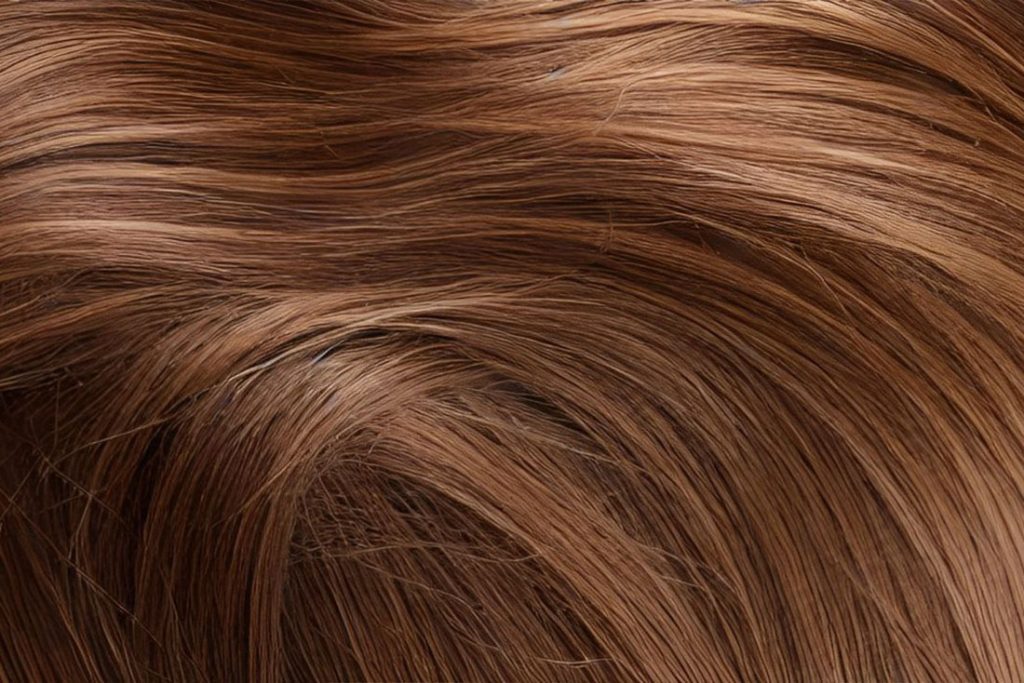Understanding Hair Texture in Beautician Practice: An In-Depth Guide
In the realm of beautician services, a comprehensive understanding of hair texture is indispensable. Different hair textures not only affect the aesthetic aspects of hairstyling but also play a crucial role in determining the success of various treatments like chemical processes and thermal styling. This detailed guide aims to elucidate the intricacies of hair texture and how it influences beautician work.

Classifying Hair Texture: The Basics
Hair texture can be categorized into three primary types: fine, medium, and coarse. Each type exhibits distinct characteristics, which play a significant role in how hair responds to styling, treatments, and daily care.
- Fine Hair: Visualize fine hair as thread, possessing the smallest diameter among all hair types.
- Medium Hair: The “gold standard” of hair texture, medium hair has an average diameter.
- Coarse Hair: With the largest diameter, think of coarse hair as yarn.
Characteristics of Different Hair Textures
Fine Hair

- Smallest Diameter: The size makes it particularly fragile.
- Fragility: More prone to breakage compared to medium and coarse hair.
- Chemical Services: Processes faster during coloring, perming, or straightening.
- Thermal Services: Requires lower heat settings.
- Styling Issues: Can look limp or flat and may need volumizing products.
Medium Hair

- Average Diameter: The most common hair texture.
- Versatility: Doesn’t present many challenges in styling or treatment.
- Balanced: Not particularly fragile but not too resistant to chemical treatments either.
Coarse Hair

- Largest Diameter: Coarse hair strands are noticeably thick.
- Chemical Resilience: May need stronger chemicals for effective treatments.
- Heat Resistance: Requires higher temperatures for thermal services.
- Styling Issues: Can be prone to dryness or frizziness.
Testing for Hair Texture: The Single-Strand Method
To determine a client’s hair texture, beauticians often rely on a straightforward but effective single-strand test. The procedure involves:
- Fine Hair: Run a single hair strand between your thumb and index finger. If it feels almost imperceptible, it’s fine hair.
- Coarse Hair: If the strand feels textured and noticeably present between your fingers, it’s coarse hair.
- Medium Hair: Anything that falls in between is medium-textured hair.
Implications for Beautician Work
Understanding hair texture impacts various aspects of a beautician’s work:
- Chemical Treatments: Fine hair generally requires milder chemical formulations, whereas coarse hair may need stronger solutions.
- Thermal Styling: The appropriate heat settings must be selected based on hair texture to prevent damage.
- Product Recommendation: A well-informed beautician can recommend the most suitable products for maintaining the natural texture and health of the hair.
- Customized Service: Advanced texture knowledge allows for tailored services, enhancing client satisfaction and treatment efficacy.
Final Thoughts
Hair texture is more than just an aesthetic characteristic; it’s a complex criterion that influences how hair responds to various treatments and products. Therefore, a thorough understanding of this concept is vital for beauticians. Being attuned to the different needs of various hair textures allows for a more informed, customized, and effective practice, enriching both the beautician’s expertise and the client’s experience.






